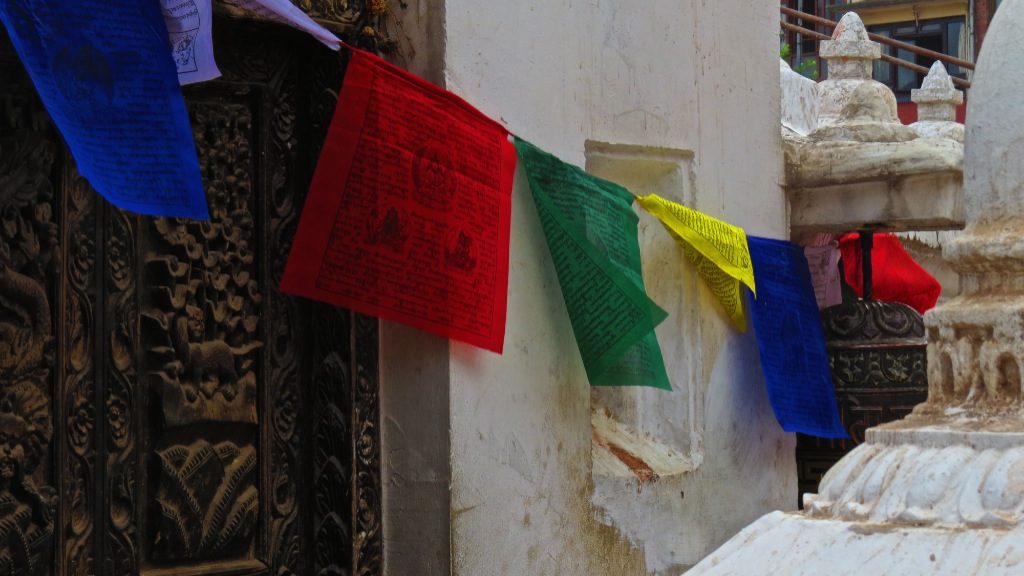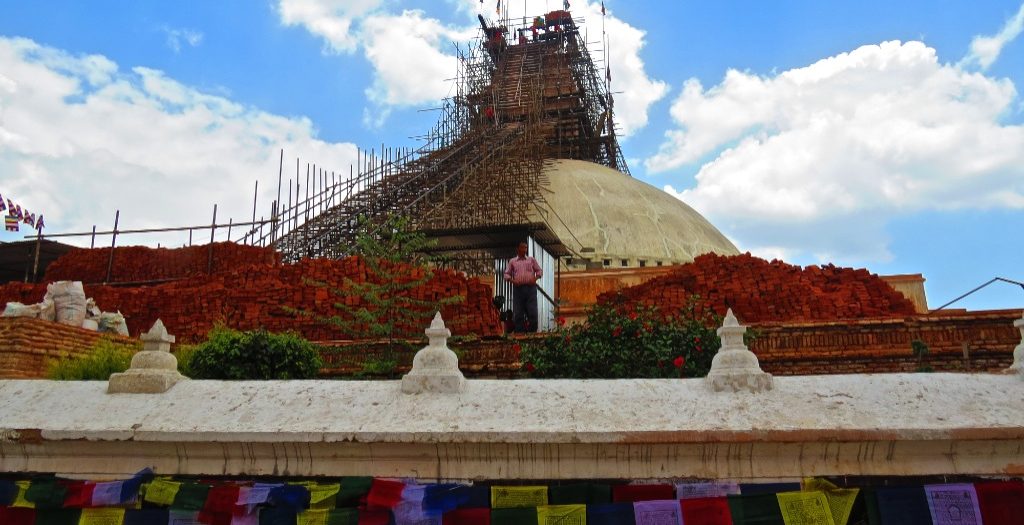Nitish Upadhyaya, one of our trustees recently visited Nepal and tells us his story. On his third visit to the country, he saw first hand the devastation caused by the 2015 earthquakes but also our progress on school re-construction efforts and the hope that this is bringing to the Helambu valley.
I’ve barely landed and Jimmy and I are already discussing making the most of my short visit to Nepal. Catch up on news about family (Jimmy has a new little one!) and mutual friends on the way into Kathmandu from the airport. How does it feel to be back he asks? Same same but different. The same sights, smells and sounds, but I know Nepal is a very different country from my last visit in 2014.
Always amazed by how quickly Jimmy and I fall into step – we first became friends in 2010 when I arrived in the Helambu region as a (very green) volunteer English teacher. We’ve seen each other a number of times since, and have always been in close contact about projects in Nepal. Soon we’re discussing geopolitics and the influence of India and China on the region. We move on to discuss the devastation caused by the earthquake as we pass by ‘temporary’ camps set up in the wake of the disaster which continue to house villagers who fled to Kathmandu.
Jimmy founded and runs the Helambu Education Livelihood Partnership (or HELP for short) which works in a number of valleys around 80km North East of Kathmandu in the Sindupalchowk region. If the name of the region is familiar, it is because this region was the worst affected by the earthquake. MondoChallenge Foundation supports HELP by providing funding, guidance and ideas. But our local HELP team is where the magic really comes from.
Brief pitstop at a cafe to meet a close knit group of advisors who have supported Jimmy over the years. All important actors in the development field in their own right, they act as a sort of ‘brain trust’ to trial ideas and discuss new approaches. I’m always bowled over by the hospitality of the Nepali people, and this short meeting is no exception. As we leave the cafe, I’m entranced by an old black and white photo of the Boudhanath stupa which shows the stupa surrounded by fields and a few houses, a far cry from the tangled web of alleys with which I am familiar from my previous visits. Later that evening, I am genuinely saddened to see the stupa in ruins, but by all accounts looking healthier than the earthquake left it, and improving every day.
Down to business. Over a beer, Jimmy catches me up on recent developments. Our school re-construction project is a mammoth undertaking – liaising with the government, meeting local leaders, checking designs, sourcing materials, training workers, supervising building efforts – but the team have been fantastic.
The next morning I’m meeting old friends from the HELP team and being introduced to new team members. They have worked exceptionally hard to drive the relief effort and it is great to put faces to email addresses! I’m struck by how committed they are, and the successes of the last year are clearly pushing them to new heights. Most of my day is spent learning more about the re-building projects, and drafting a presentation for a meeting of various charities tomorrow. Teaching a lawyer about construction methods is a tough task, but Sameer, our reconstruction manager and a trained architect is very patient! End the day meeting with Jimmy’s friends, mostly in development and united by their time at the Institute of Development Studies, they are a very fun bunch.
If you’ve enjoyed this post, check out the next chapter!





Comments are closed.